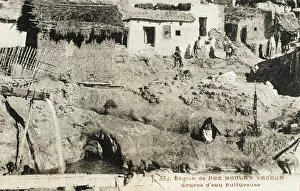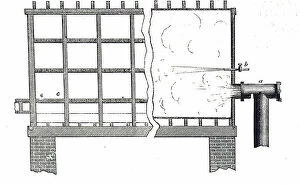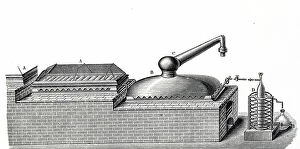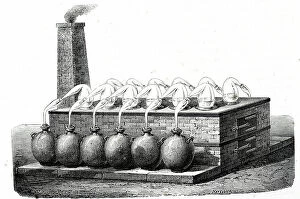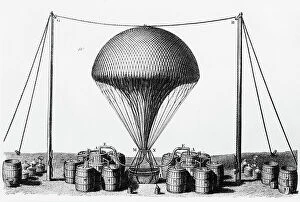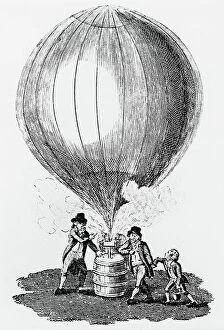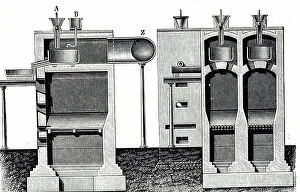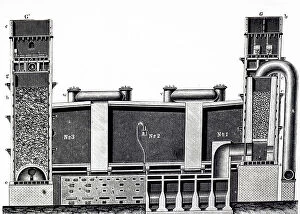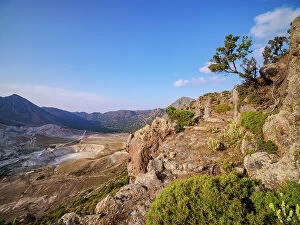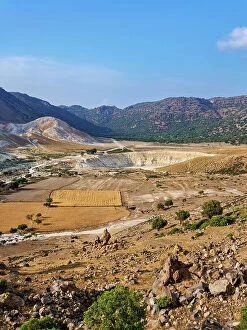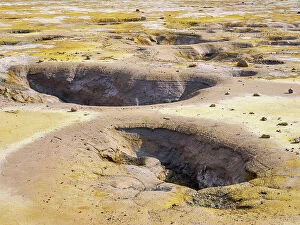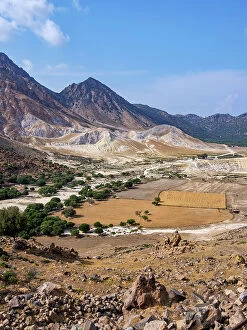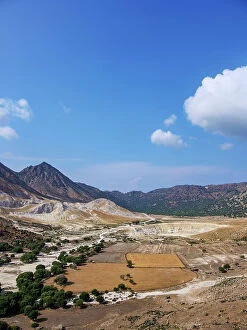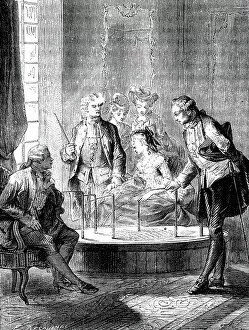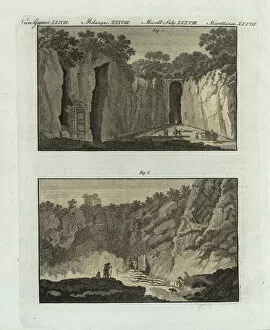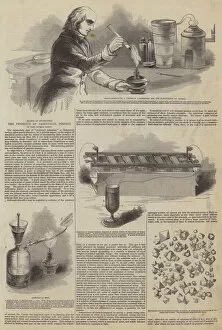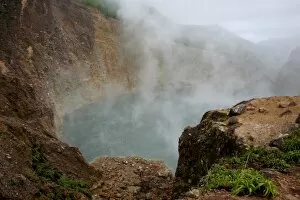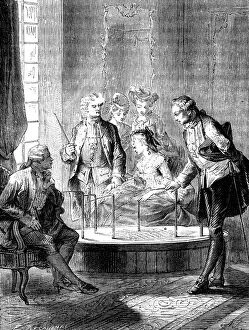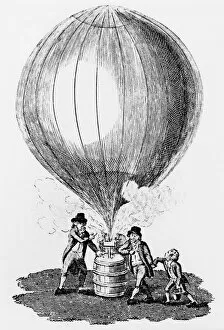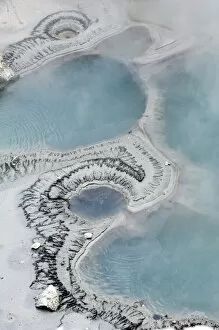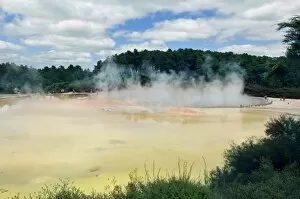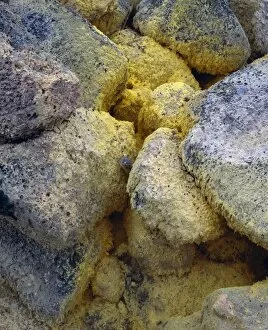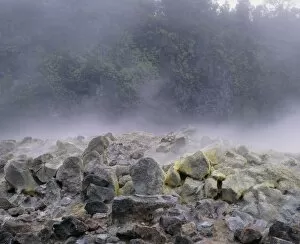Sulphuric Collection
"Sulphuric: From Healing Waters to Industrial Marvels" Discover the captivating world acid, a substance that has played diverse roles throughout history
For sale as Licensed Images
Choose your image, Select your licence and Download the media
"Sulphuric: From Healing Waters to Industrial Marvels" Discover the captivating world acid, a substance that has played diverse roles throughout history. Journey to Morocco's enchanting Moulay Yacoub, nestled close to Fez, where the therapeutic properties of sulphur springs have been cherished for centuries. Step into Mesmer's consulting room in Parish, which opened shortly after his groundbreaking treatise on animal magnetism in 1779. Here, patients gathered around Mesmer's tub - a vat filled with dilute sulphuric acid - holding hands as they sought healing and relief. Witness the preparation of this powerful acid through lithography, showcasing its significance in various industries. Explore the Grotto of Pasilippe and Dogs Cave near Naples, where natural formations reveal sulphurous wonders hidden beneath Earth's surface. Uncover ancient methods used for detecting arseniacal poisons in the human body through an intriguing engraving titled "Modes of Detecting the Presence of Arseniacal Poisons. " Delve into historical accounts that highlight both its dangers and potential uses. Embark on a journey to Owakudani within Japan's Hakone National Park, known for its boiling waters caused by volcanic activity. Experience firsthand nature's alchemical processes as these bubbling hot springs release traces compounds into the air. Marvel at how coal by-products developed by G. H. Davis have revolutionized industries worldwide. The Knights Cyclopaedia sheds light on how this versatile compound has shaped nations' industrial landscapes and propelled innovation forward. Return once more to Owakudani in Hakone National Park as we immerse ourselves in its mesmerizing boiling waters yet again. Witness Mother Nature at her most awe-inspiring as she showcases her geological prowess through these sulfur-rich phenomena.

